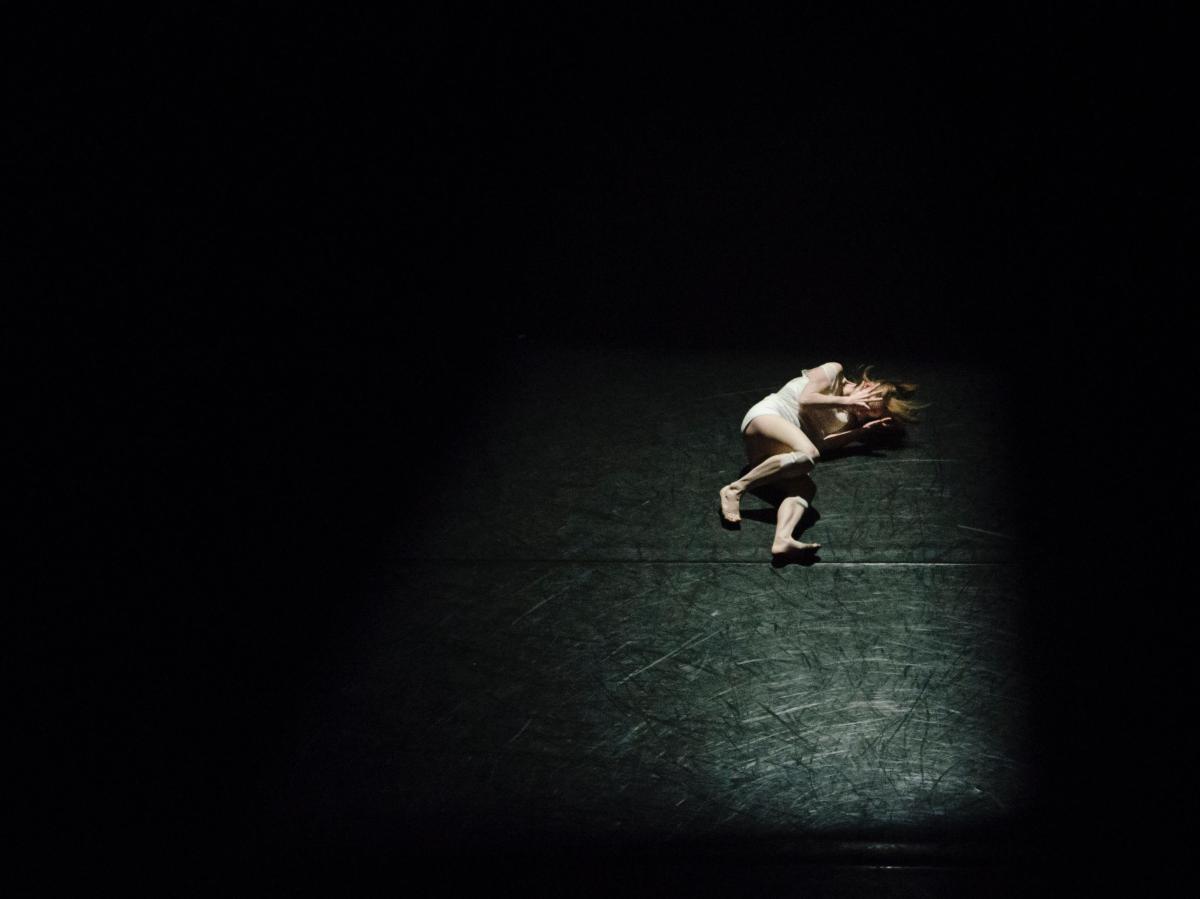Photo by Hailey Kean on Unsplash.
Performers are twice as likely as the general population to experience depression, according to the 2015 Australian Actors’ Wellbeing Study. Many suffer from performance anxiety and report high levels of stress arising from work-related pressures such as low income and job insecurity.
Research over many years has acknowledged that those drawn to working in the arts tend to be highly vulnerable to depression and anxiety. However, there are contributing factors to the strikingly high levels of anxiety and stress specific to the acting community. These include the deep emotions they are often required to access and express when playing a role and the strong identification they can form with their characters.
I recently conducted research into the stresses incurred by acting students at the country’s leading drama schools. Most of the acting teachers I interviewed acknowledged that their students did not take the time and space to separate themselves from their roles. This resulted in emotional hangovers, which often caused extreme moods and difficulties in their personal lives.
Although it became clear that more still needs to be done to safeguard these acting students’ wellbeing, mental health issues in the arts – along with other stressful workplace environments – are fortunately now being given more significance. Many performing arts schools and companies are actively seeking to address their artists’ mental health and wellbeing concerns.
Getting in character
Getting into character is not just as simple as “putting on” or “taking off” a role. Performing arts scholar Mark Seton argues that playing a character is a complex process that cannot be separated from the life of the actor.
Sometimes actors are unable to let go of the emotions associated with their characters. This boundary blurring can result in them carrying the role into everyday life – with negative effects.
One acting teacher described how a gentle, polite male student became rude and aggressive during the time he played one of the men involved in a re-enactment of the Anita Cobby murder. The teacher had to point out to him that “seepage” seemed to be taking place between him and the character.
Actors frequently tap into their personal histories to evoke the emotions required to play a role. This can be traumatic if it triggers deep issues or elicits difficult experiences and memories.
One drama school director disclosed that he had to be very careful when choosing plays if they involved domestic violence or sexual assaults because he was aware some of his students had lived through these experiences. It could be emotionally dangerous for them to act out such scenes.
The 2015 Australian Actors’ Wellbeing Study found that almost 40% of actors surveyed had difficulty shaking off intense emotional and/or physical roles.
Although strategies have been developed to help actors detach from the roles they play – to de-role – in my experience and in my research, actors or acting students rarely use these practices. It has long been acknowledged that heading to the bar for a drink after a performance is the traditional way for actors to unwind after performances. The 2015 study found that, perhaps unsurprisingly in light of this fact, actors’ alcohol consumption was high.
How to de-role
There are many ways to warm down from a performance. Actors can participate in a brief feedback session with cast members. This can involve sharing how the performance has gone as well as other procedures such as deep breathing, visualisations or physical releases.
Other de-roling suggestions include ritualistically disrobing in order to consciously let go of the costume and the character by leaving them both on the rack. Any post-performance sense of closure that actors can create is helpful if it assists them in leaving their characters in the dressing room.
It could involve the use of a symbolic talisman that is carried only when playing the role and left backstage, or the singing of a little tune that represents to them a sense of completion. Whatever works!
The teachers I interviewed maintained that more needed to be done to help acting students better differentiate between the theatre space and the space outside the stage door. This would reinforce healthier work habits, which could eventually transfer into the profession.
Performing arts companies paying attention
The 2015 study resulted in the establishment of an Actors Equity Wellness Committee. Its aim is to educate the industry about mental health and wellbeing while providing resources for those who may be at risk.
More performing arts companies are employing psychologists. The Australian Ballet and contemporary dance company CO3 have resident psychologists to assist with dancers’ mental wellbeing.
Theatre productions are more frequently using the services of psychologists – particularly if the subject matter is dark or difficult and likely to trigger psychological or emotional reactions in the actors. Cases in point are recent productions of Sarah Kane’s 4.45 Psychosis, an exploration of mental illness, and a dance-theatre production, Good Little Soldier, which dealt with the family of a Vietnam vet suffering from PTSD.
Drama schools tend to rely on their instructors and affiliated university counselling services to help students with mental health issues. Sydney drama school NIDA has had a resident counsellor one day per week for many years – and he is always booked out. My research suggests that specialised counselling services are an essential backup for students in all areas of the performing arts.
![]() In the future artists will hopefully suffer a little less for their art in order to provide audiences with their best work.
In the future artists will hopefully suffer a little less for their art in order to provide audiences with their best work.
Leith Taylor, PhD graduate, W.A.Academy of Performing Arts, Edith Cowan University
This article was originally published on The Conversation. Read the original article.





